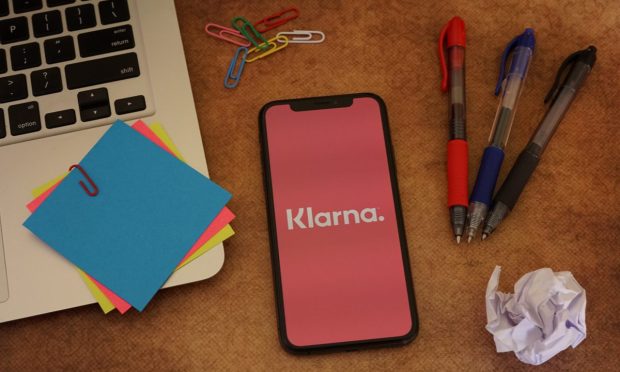FinTechs Drive Consumer Financial Well-Being With Enhanced Spend Visibility

Klarna’s new “Money Story” highlights the importance of reviewing spending patterns.
The new feature works like a Spotify-style year in review, but instead of showing users the songs they listened to the most, it shows them where they spent the most money, all packaged into the social media-friendly story format.
The feature is likely to catch on with a significant number of online users who have embraced the buy now, pay later (BNPL) product. In fact, data from a PYMNTS study, “BNPL and the In-Store Opportunity,” found that BNPL online usage far outweighed its in-store equivalent across all retail segments, including among consumers who made luxury and specialty store purchases.
It’s likely the reason why other FinTechs are tapping into the trend by offering products that empower their users with an overview of their spending habits.
For example, a growing number of neobanks offer similar tools that allow people to view their monthly or yearly spend on different categories. At the same time, being able to easily view historical transaction data, including how much has been spent at each given merchant, has long been one of the most useful features of online banking generally.
Read more: Digital Budgeting Tools Are Inflation Era Lifeline for Millennials and Gen Zs
What’s more, over the years these features have gotten smarter. While most apps still allow users to tag purchases with a label, helping them identify spending categories later on, a growing number are automating the process.
As such, the new generation of spending summaries are able to automatically associate and put purchases at different grocery stores in the same category, for example.
Using Spending Reports to Budget
Spending reports are considered important tools for financial health because they can alert people to areas where they might be spending more than they realize.
After all, $3.75 for a daily cup of coffee might not seem much, but faced with a nearly $1,000 annual bill, everyday coffee drinkers may want to reassess their habits. The same can apply to Uber rides, late-night fast food runs or shopping in expensive grocery stores.
In fact, there are all manner of purchases that can amount to a significant expense when accumulated which is where the value of monthly or annual summaries comes into play, highlighting expenditures that might otherwise fly under the radar.
However, simply becoming aware of an expense is only the first step toward greater financial well-being.
Turning that insight into savings requires incorporating the newfound data into a budget. And once again, modern money apps are increasingly offering a variety of smart tools to help consumers do that, even if some people still prefer to budget with cash.
These range from simple caps like Klarna’s, which allow users to limit their monthly spending on an app, to more powerful tools that can be used to divide up a monthly budget.
And just like financial summaries are increasingly automating the process of sorting expenses into different categories, new smart budgeting tools can do the same thing at the point of purchase, automatically choosing where the money is spent from.
For example, in an interview with PYMNTS, Ali Niknam, CEO at Bunq, described how a new budgeting feature the Dutch neobank launched allows users to spend from different “sub-accounts” each with their own allotted budget.
As Niknam explained, “you can have your main account where your salary comes in and automatically distribute your salary to be €500 [for] groceries, another 250 for your car, 1,000 for fun money, 2,000 for housing.”
He added that “as you pay by your card, [it selects] the correct sub-account automatically without you having to do anything.”
For all PYMNTS EMEA coverage, subscribe to the daily EMEA Newsletter.
